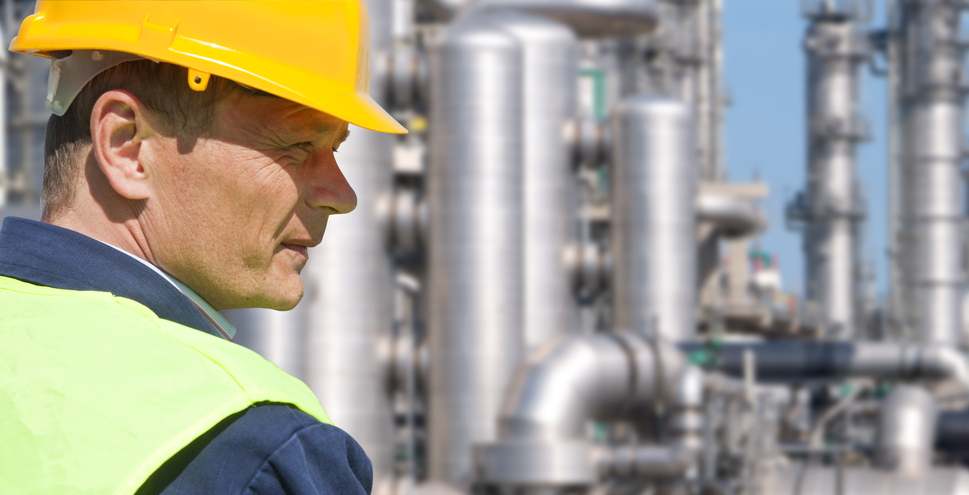LNG Plant Siting - Intermediate Level LNG - Part 5 of 10

This engineering online CPD video presentation will present the technical knowledge required by designers and engineer-led operators to ensure LNG and other petrochemical plants operate safely and reliably. This course is Part 5 of a 10-Part series.
LNG plants and other petrochemical plants are built to bring a return on investment to their investors through their safe operation. This training covers LNG technologies at both a technical and human resource development level. It will help you design, operate, or maintain an LNG facility; however, many LNG topics can also apply to other petrochemical plants. This training is intended to present technical materials to help develop a clear understanding of an LNG facility's safe and efficient operation. It is intended to give the learner the intermediate technical knowledge needed to make informed planning, maintenance, and operating decisions to ensure plant safety, reliability, and efficiency. The most crucial intention of this training is to give you technical knowledge on how to continue making the liquid natural gas industry safe and reliable.
The topics covered in this lesson include understanding:
- Factors that must be considered when selecting a site for an LNG facility.
- The critical impact of the feed gas composition on the siting decision.
- The need to be nearby gas pipelines for rejecting BOG, regeneration gas, and for making sendout gas.
- The cost and time impacts of easements.
- Sendout interchangeability decision considerations.
- How siting decisions impact design decisions (types of tanks, liquefiers, and vaporizers).
- The criticality of public and government acceptance of your plant.
- Considering future changes that could change siting suitability.
- Buffer zones (both required and desired).
- Zoning, environmental, proximity to airports, schools, and seismic considerations.
- Workforce considerations.
This 2 CPD online video presentation is intended for engineers, designers, and technical personnel who are interested in learning about LNG.
The learning objectives of the complete 10 learning sessions are to understand, at an intermediate level, the following:
- How to safely, reliably, and efficiently operate an LNG plant
- General characteristics of LNG and safety
- Liquefaction pretreatment
- Liquefaction systems
- LNG tanks, valves, pumps, vaporizers, auxiliaries, and other LNG plant equipment
- BOG management and plant operations
- Transporting LNG
- Efficient operation of LNG facilities
- Importance of philosophies, procedures, maintenance, and modes of operation.
- Understanding the thermodynamic relationship that governs the behavior of zeotropic hydrocarbons.
This Part 5 of 10 session is intended to provide you with the following specific knowledge and skills:
- Understanding the challenges involved in siting LNG facilities
- Familiarizing with the importance of feed gas composition in LNG operations
- Learning about the impact of local community opposition and political climate
- Understanding the significance of buffer zones around LNG facilities
- Explaining the proximity and cost factors of utilities for supply and sendout pipelines
Upon successful completion of the quiz, print your Certificate of Completion instantly. (Note: if you are paying by check or money order, you will be able to print it after we receive your payment.) For your convenience, we will also email it to you. Please note that you can log in to your account at any time to access and print your Certificate of Completion.